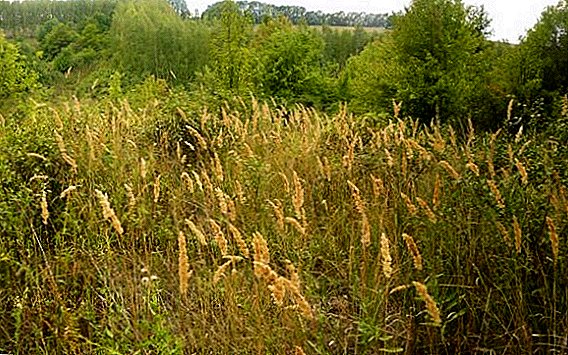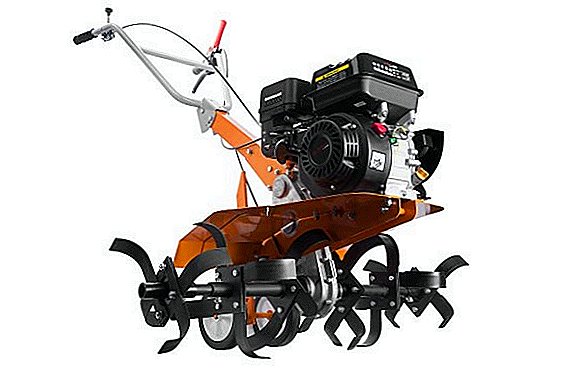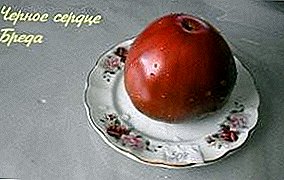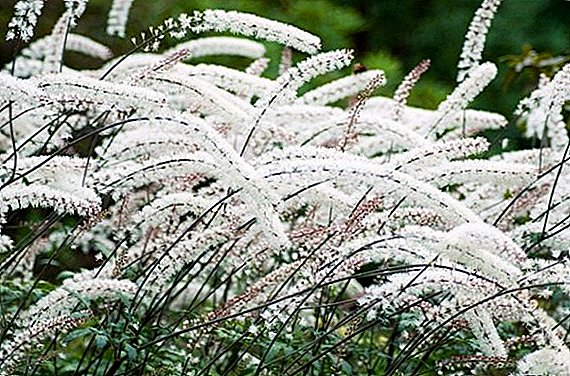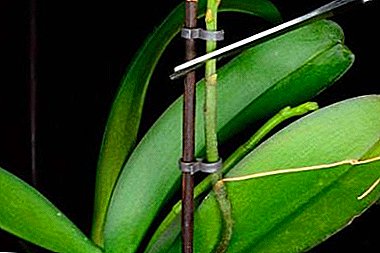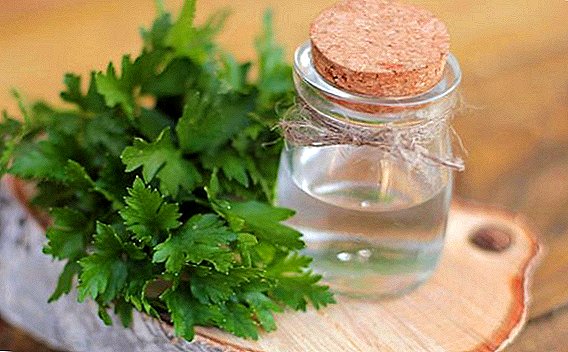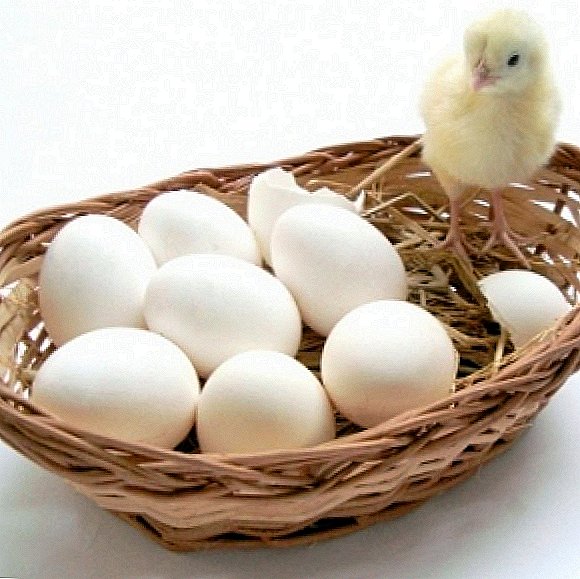
With the onset of spring, many gardeners, who have a house outside the city, plant chickens for themselves.
These birds are quite unpretentious.
One of the main goals pursued by livestock enthusiasts is to get fresh, domesticated eggs.
But often people leave chickens for the winter in the hope that the birds will carry eggs as actively as in winter.
But in the cold season, the birds are not so actively performing their main function.
And this is due to the fact that it is the time of year that is changing. Birds remain in order.
How to save egg production rates?
There is an answer to this question, which consists in a number of indications for keeping animals.
Every summer resident who has laying hens on the farm wants to constantly receive eggs from his birds, and at any time of the year.
In winter, chickens can not only get worse, but can even stop laying eggs.
The main causes of this phenomenon are decrease in total air temperature, reducing the length of daylight, as well as violations of the conditions in which birds are kept. That is what you should pay special attention to.

The amount of light plays a crucial role in the laying of chickens.
Short daylight hours can be “extended” by use of artificial light lamps.
They need to be fixed at the ceiling with the calculation of 1 lamp with a power of 70-100 W per 6-12 square meters. square meters.
The total duration of the day should be 12-14 hours, so the lamps should be switched on for 1-2 hours in the morning (6-7 hours) and at the same time in the evening (21-21 hours).
Lamps should not burn too brightly, and also cannot turn them on for a longer time (more than 16 hours), since with too bright and prolonged illumination the birds will be worse to carry, and will also grow old very quickly and lose weight.
Layers are quite demanding in terms of temperature, therefore it is very important to maintain optimal conditions for birds. The best temperature range for laying hens is 10–20 ° C.
Most eggs are given in chickens at a range of 12-14 ° C, if you keep birds without cages. Otherwise, the air temperature should not exceed 15-18 ° C.
If the temperature drops below 10 ° C, the number of eggs brought in may sharply decrease. And if there is frost in the chicken coop, that is, the thermometer’s mark drops below zero, then the chickens will generally stop rolling.
An important role is played by the humidity in the room where the birds are kept. It should not exceed 60-70%.
Layers do not like dampness, as these birds are prone to developing acute respiratory infections. And if drafts are walking in the hen house, then the chances of chickens getting sick increase. In order to regulate the air humidity in the house, it must be regularly aired or the ventilation systems must be built.

As you know, in winter it is not advisable to let chickens out on the street due to the high risk of catching infection by animals. Therefore, in the room they should not be crowded. On the square meter can be placed from 3 to 6 birds.
Yet winter walking birds need, but in order to release them, you need to observe a number of restrictions. The walk should be short and crouch in the middle of the day. The weather should be safe, that is, there should be no precipitation, and especially a blizzard.
Air temperature should not be lower than -10 ° С. The lack of walking on the air leads to the fact that birds will gain weight too actively, which can adversely affect the laying of eggs.
Birds need to be released into the fenced area, where you need to make a special litter. Sawdust or straw can be used as a suitable material. As the litter needs to be updated.
Be sure to monitor the condition of the birds, as various parasites can cause irreparable harm to chickens, which, in turn, will lead to a decrease in egg-laying rates.
It is for this reason that birds need to be provided with ashes, a container with which to put in the hen house. To the ash also need to add sand in the same volume, as well as sulfur in the form of powder (0.2 kg per bucket of ash and sand).

How and how you feed your birds can greatly affect the number of eggs that the hens will give you. Food should be varied.
It is necessary to feed the hens constantly, and at the same time. In the feed should be enough protein, fat, carbohydrates, as well as vitamins and mineral salts.
There is a tendency: chickens will give more eggs if they are fed as early as possible in the morning and as late as possible in the evening. As soon as you turned on the light in the hen house, it is time for morning feeding.
The composition of "tomorrow" for chickens should include bran, ground grain, boiled potatoes, salt and other components. It is best to make this meal liquid.
Evening feeding should take place about an hour before the hens sit on poles and fall asleep. This time it is necessary to give whole grain to the birds, which will be digested for a long time in the stomachs of animals and, thus, will warm them.
Minerals such as calcium, phosphorus, potassium and sodium should be added to the birds ’diet. Calcium is necessary for the formation of a strong shell of eggs, phosphorus is needed for better absorption of calcium. Chalk, crushed charcoal, and ash can be given to birds as sources of minerals.

Also, the birds need to give gravel, which will help grind in the stomach whole grains, such as oats. The absence of this component can lead to the emergence of a disease such as cuticle, which is the rejection of the muscle stomach of the bird.
Also laying need to give vegetables from stocks (carrots, potatoes, cabbage, beets), as well as branches of trees such as linden, birch and aspen. Be sure to give the chickens water, because without the liquid, the animals will simply die.
If you follow these simple rules, your farm will not only stay at the same level, but will also bring a stable income. Precisely because people want to get fresh, homemade chicken eggs in cold weather, you, as an amateur livestock technician, can perfectly sell your products.


